Table of content
Preserved duck, known as ban ya in Chinese, is a culinary treasure that has tantalized taste buds for centuries. This salted and air-dried delicacy, often referred to as “salted duck” or “dried duck,” boasts a rich history rooted in Chinese gastronomy. Its umami-packed flavor, chewy texture, and ability to meld with diverse ingredients make it a versatile ingredient in kitchens worldwide. From humble family dinners to festive banquets, preserved duck has earned its place as a beloved centerpiece. This article explores the myriad ways to prepare and savor this dish, blending tradition with innovation to elevate your culinary repertoire.
The Essence of Preserved Duck: A Brief History
Before diving into preparation methods, it’s essential to appreciate the craftsmanship behind preserved duck. Originating in China’s Yangtze River Delta region, this dish was historically a method of preservation before refrigeration existed. Salt, spices, and air-drying techniques were employed to extend the shelf life of duck meat, creating a product that could be enjoyed months after harvest. Today, preserved duck is celebrated not just for its practicality but for its complex flavor profile—a harmonious balance of saltiness, smokiness, and subtle sweetness.
Traditional Preparation Methods
Steaming: The Classic Approach
Steaming is arguably the most revered method for preparing preserved duck, as it preserves the meat’s natural flavors while rendering it tender. To begin, rinse the duck under cold water to remove excess salt. Soak it in a bowl of fresh water for 2–4 hours (depending on its age and saltiness), changing the water every hour. This step is crucial to prevent the dish from becoming overly salty.
Once soaked, place the duck on a heatproof plate. Add aromatics like ginger slices, scallions, and a splash of rice wine or Shaoxing wine to neutralize any lingering gaminess. Steam over high heat for 45–60 minutes, or until the meat is fork-tender. The result is a succulent duck with a glossy, amber-hued skin. Serve it thinly sliced with steamed buns, rice, or alongside pickled vegetables for a contrast of textures.

Boiling/Simmering: A Hearty Broth
For a comforting, one-pot meal, simmering preserved duck transforms it into a flavorful broth. Parboil the duck for 10 minutes to remove impurities, then discard the water. Refill the pot with fresh water, and add ingredients like dried tangerine peel, star anise, and black cardamom for depth. Simmer gently for 1.5–2 hours until the meat falls off the bone.
This method yields a rich broth that can serve as a base for noodles, congee, or vegetables like daikon radish or Chinese cabbage. The duck itself becomes meltingly tender, perfect for shredding and mixing into rice porridge.
Stir-Frying: Crispy Texture, Bold Flavors
Stir-frying preserved duck introduces a delightful crunch and concentrates its flavors. After soaking and steaming the duck, shred it into thin strips. Heat a wok over high heat, add a drizzle of oil, and toss in minced garlic, ginger, and dried chili peppers. Add the duck and stir-fry until the edges crisp. Toss in vegetables like snow peas, bell peppers, or water chestnuts for a vibrant, textural contrast. Finish with a splash of soy sauce and a sprinkle of sugar to balance the saltiness.
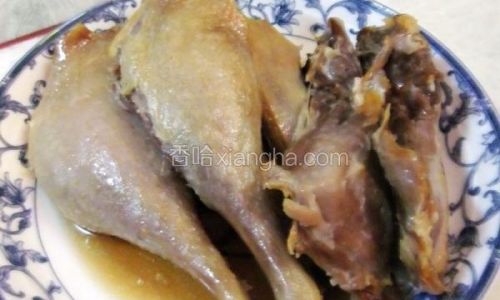
Modern Adaptations: Reimagining Preserved Duck
Air-Frying: A Healthier Crisp
For a low-oil alternative, air-frying preserved duck delivers a satisfying crunch. After soaking and patting the duck dry, rub it with a mixture of five-spice powder, honey, and a touch of oil. Air-fry at 180°C (350°F) for 15–20 minutes, flipping halfway, until the skin is golden and crispy. Serve it as a standalone appetizer with a dipping sauce of plum or chili oil.
Salads and Light Meals
Preserved duck’s saltiness pairs beautifully with fresh, crisp ingredients. Shred the meat and toss it into a salad with arugula, mandarin oranges, toasted sesame seeds, and a citrus vinaigrette. Alternatively, layer it in a rice paper roll with herbs like cilantro and mint for a refreshing summer roll.
Fusion Dishes: Global Inspirations
Experiment with cross-cultural flavors by incorporating preserved duck into international recipes. Use it as a pizza topping with caramelized onions and Gorgonzola cheese, or fold it into a quesadilla with Oaxaca cheese and roasted poblanos. For a Mediterranean twist, mix shredded duck with roasted eggplant, tahini, and pomegranate seeds.
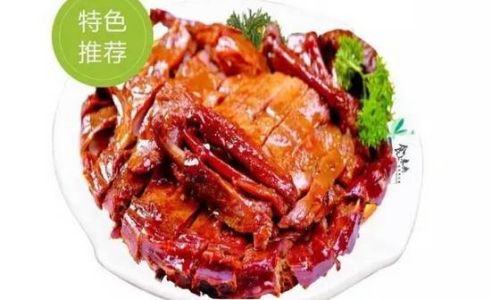
Pairing Suggestions: Enhancing the Experience
Preserved duck’s robust flavor shines when paired with complementary sides and beverages.
- Beverages: A crisp Riesling or light beer cuts through the richness, while a smoky Lapsang Souchong tea amplifies the duck’s depth.
- Sides: Steamed lotus root, stir-fried bok choy, or pickled mustard greens provide a refreshing counterpoint.
- Condiments: A drizzle of honey-chili sauce, a sprinkle of toasted sesame, or a dollop of fermented bean paste can elevate simplicity to sophistication.
Regional Variations: A Taste of Diversity
China’s vast culinary landscape has given rise to regional adaptations of preserved duck.
- Sichuan Style: Marinated in chili oil, Sichuan pepper, and star anise, this version packs a fiery punch.
- Jiangsu Sweetness: Braised in rock sugar and soy sauce, Jiangsu-style preserved duck offers a caramelized sweetness.
- Cantonese Simplicity: Often served cold with a ginger-scallion dip, Cantonese preparations highlight the duck’s pure flavor.
Health Considerations: Balancing Indulgence
While preserved duck is a protein-rich delight, its high sodium content warrants moderation. To reduce saltiness:

- Soak the duck longer, changing the water frequently.
- Blanch it in boiling water before cooking.
- Serve it with potassium-rich foods like bananas or spinach to balance electrolyte intake.
Cultural Significance: More Than Just a Meal
Preserved duck is deeply intertwined with Chinese traditions. During Lunar New Year, it symbolizes prosperity and is gifted to loved ones as a token of good fortune. In rural communities, the act of preserving ducks marks the transition from autumn to winter, a ritual of sustainability and connection to the land.
Conclusion: A Timeless Delight
Preserved duck is a testament to the ingenuity of preserving techniques and the enduring appeal of umami-rich flavors. Whether steamed, stir-fried, or reimagined in a fusion dish, this humble ingredient offers endless possibilities. As you embark on your culinary adventure, remember that the key to savoring preserved duck lies in balance—balancing tradition with innovation, saltiness with sweetness, and simplicity with complexity. So, the next time you unwrap a salted duck, let your creativity soar, and transform a timeless classic into a modern masterpiece.
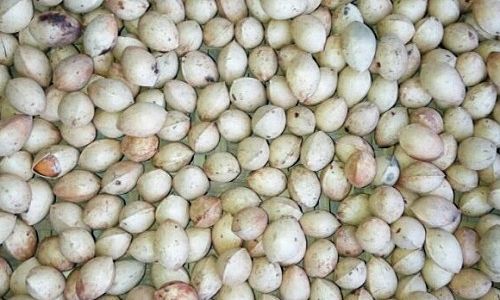
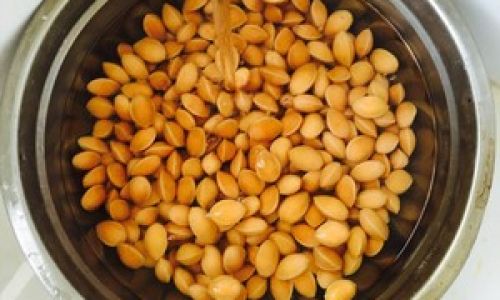
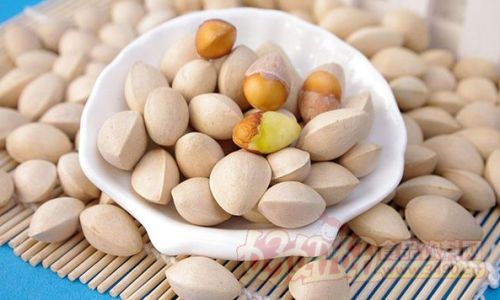
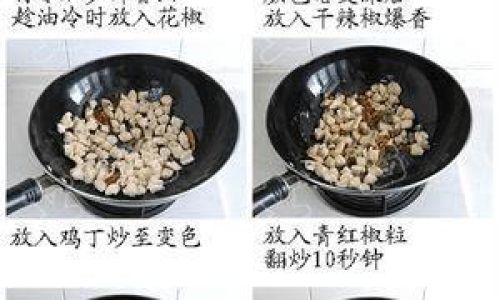

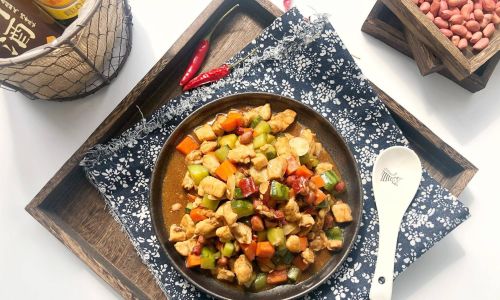
0 comments